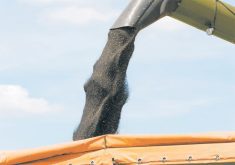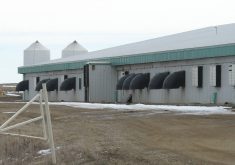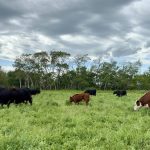Each month, our readers are treated to a special report, providing valuable background, analysis and sometimes predictions about various agricultural issues.
It is a long process to research, edit and package those two pages. Often the work begins several months in advance.
Reporters spend a considerable amount of time interviewing and writing the report, and there are extra efforts by often unacknowledged staff to ensure the best product appears in the paper.
As special reports editor, Barry Wilson writes some reports himself and assigns others. He selects the topic or encourages a reporter who may have volunteered to write one.
Read Also

Farm groups are too amiable with the federal government
Farm groups and commodity groups in Canada often strike a conciliatory tone, rather than aggressively criticizing the government.
A list of reports for the next few months is drawn up, and schedules of reporters are juggled to ensure time is set aside for the project.
Wilson helps guide the writer over several weeks. He will ask questions, focus the topic, and work with the reporter to edit the material.
Stories are sent by e-mail between him in Ottawa and the writer in another bureau.
Meanwhile, graphics are discussed with the graphics editor, Michelle Houlden.
Tables, annual reports or other sources of statistics are sent to her. She works with the reporter and Wilson to decide what information should be highlighted, in what context, and what the main illustrations will be.
If the reporter has not taken photos for the report, photos by other reporters or from our files are assigned or chosen to accompany the report.
After the final edit from Wilson, the report is sent to editors in Saskatoon. The report’s stories are laid out, along with the graphics, photos and main illustration.
With effort from the staff and considerable resources going into the reports, the paper welcomes feedback from readers.
Let Wilson and the others know when you appreciate the special packages.














